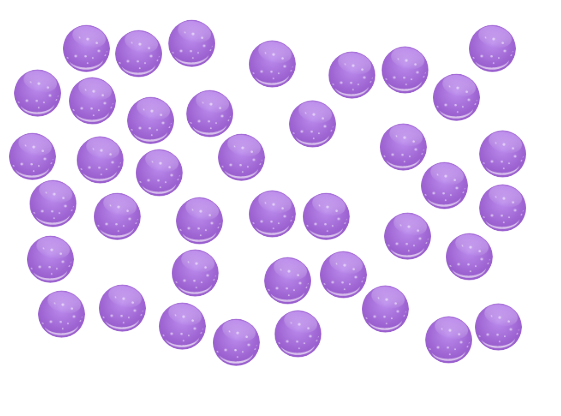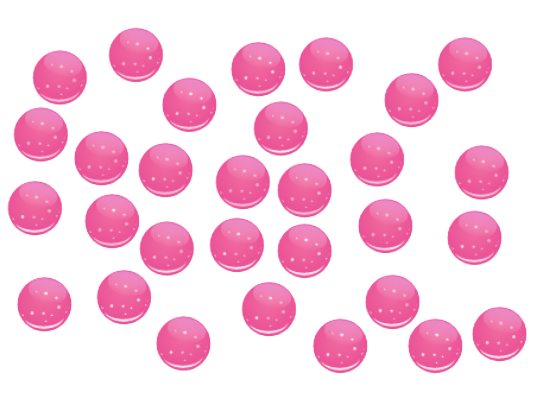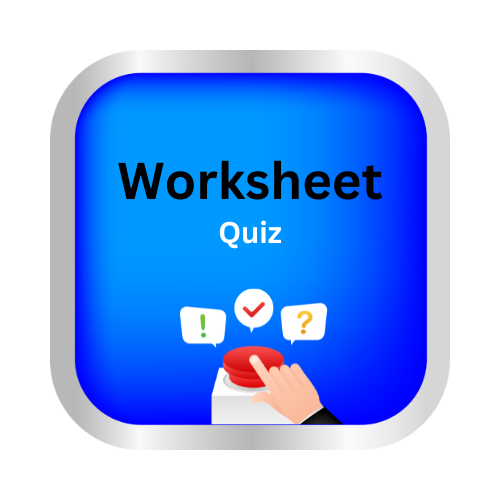Estimate to the nearest ten
key notes:
Understanding Estimation
- Estimation means finding a number close to the actual value.
- It helps in quick calculations without exact answers.
What is Rounding?
- Rounding is a method used to estimate numbers to the nearest ten.
- It makes numbers simpler while keeping them close to the original value.
Steps to Round to the Nearest Ten
Look at the Ones Place: Identify the digit in the ones place of the number.
Apply the Rounding Rule:
- If the ones digit is 0, 1, 2, 3, or 4, round down to the previous ten.
- If the ones digit is 5, 6, 7, 8, or 9, round up to the next ten.
Examples
- 23 → Look at 3 (ones place) → Round down to 20.
- 37 → Look at 7 (ones place) → Round up to 40.
- 45 → Look at 5 (ones place) → Round up to 50.
Using Number Lines
- A number line helps visualize rounding.
- Find the nearest tens (before and after the number) and check which one is closer.
Real-Life Applications
- Estimating money (e.g., rounding prices in a store).
- Estimating distances or quantities quickly.
Learn with an example
✈️ How many marbles are there? Estimate.

- about 40
- about 70
- This is a group of ten marbles:

- There are not enough marbles to make 7 groups of 10. There are fewer than 70 marbles. There are about 40 marbles.
✈️ How many marbles are there? Estimate.

- about 30
- about 60
- This is a group of ten marbles:

- There are more than 3 groups of 10 marbles. There are more than 30 marbles. There are about 60 marbles.
✈️ How many marbles are there? Estimate.

- about 30
- about 80
- This is a group of ten marbles:

- There are not enough marbles to make 8 groups of 10. There are fewer than 80 marbles. There are about 30 marbles.
Let’s practice!🖊️

